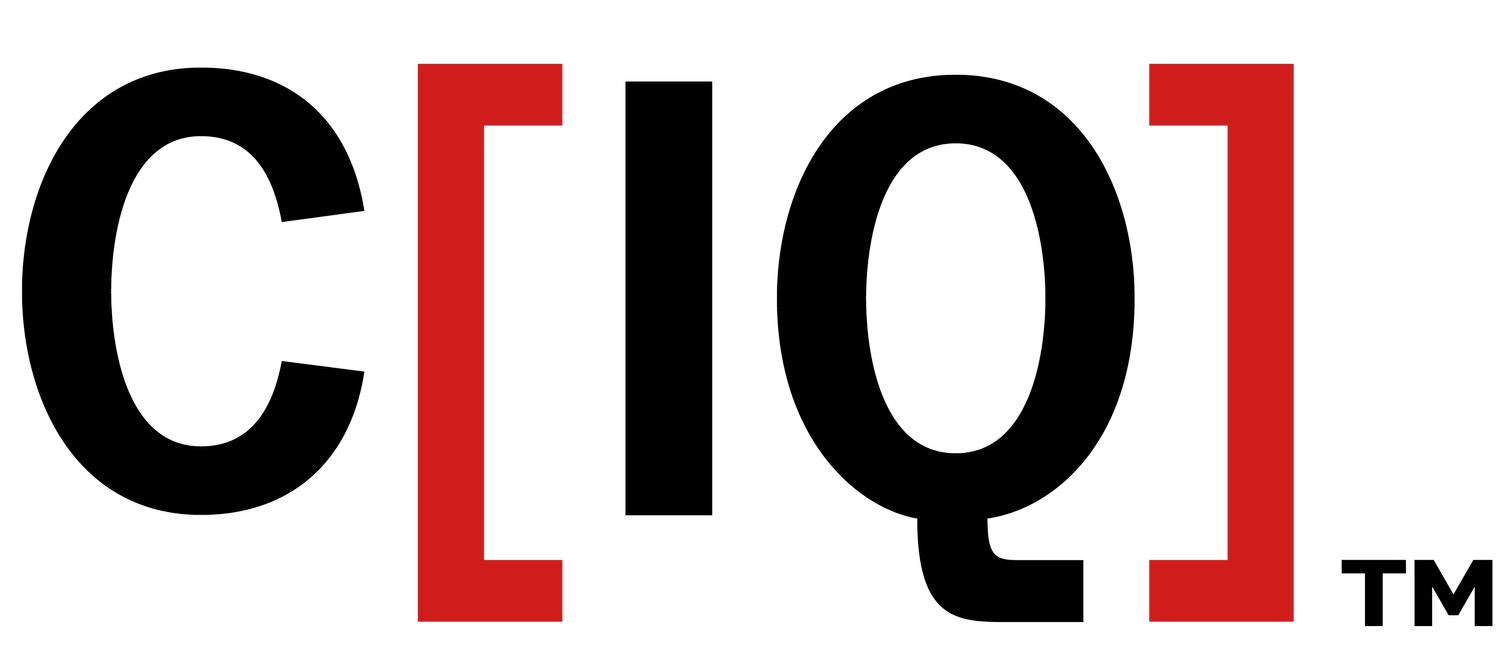The Internet of Things and Customer Engagement
Over the course of this 2nd quarter, we want to explore the notion of the "Internet of Things" and its impact on customer engagement and retention marketing. We'll look at new innovations and tools, consider the implications (public policy-wise and technically); and comment on the mounting troves of longitudinal data compiled from increasing numbers of sources--including devices (the "things") being interconnected to the 'Net. The implications are literally enormous.
The growing desire for people to be continuously connected is moving beyond smartphones, tablets, fitness data bands (and soon smart watches and wearable technology), into a wider network of interconnected devices. These interconnected devices increasingly have the ability to communicate with other devices and are constantly connected to the internet in order to record, store and exchange data. This is forming the so-called "Internet of Things" or "IoT. It is forecast that devices talking to devices will soon far exceed the network traffic of humans interacting with other humans today.
The Internet of Things (combined with big data) is reaching further into our lives every day. And while some of these innovations appear to be ridiculously "kewl" (at least from my geeky-view of the world here) other gadgets and services still have a way to go before they become woven into the fabric of our daily lives. We're going to see enormous advances in healthcare, wellness management, how we process information, transport ourselves, and in general experience life with a far deeper sensory capability.
On the other hand, this idea of an “always on, always connected” world of devices does invoke notions of SkyNet and perhaps even a big-brother feeling of wholesale loss of privacy. One day, going off the grid will become the hip form of vacationing. However, we will continually weigh this with the upside and its impact on the quality of life. One simple example can be seen in the emerging "smart home" led by adaptable thermostats, such as Nest, which enables smarter environmentally conscious maintenance of inside temperature of your home and manageable remotely via your Smartphone (note: Google recently acquired Nest; ah the plot thickens... more on that in another post). But its only starting there.
Years ago, I and the leader of our Interactive Design Agency partner noted that in the digital economy, all products want to be web sites. It was a forward looking notion that all products could benefit from the idea pioneered by Apple--that automobiles, appliances, and any device would be of higher value and more capable by having its own IP (Internet) address. That was five years ago. Today we have appliances and automobiles with their own Internet addresses and connectivity. Loaded with micro-sensors and devices that naturally compile data as they operate, these appliances, vehicles, and digital products are learning our behavior, can adapt to our usage, and even act on their own to provide us with greater capabilities.
However, while this Internet of Things appears to be racing away from us, compiling enormous data stores ripe for harvesting longitudinal information and performing predictive analytics, we should not get ahead of our skis here. There remain a number of challenges facing IoT, which will challenge its progress. We'll visit those challenges as well in another post shortly.
For today, I leave you with perhaps the strongest sign yet of the rapidly maturing nature of IoT and its implications. IBM announced yesterday (and this is no April Fool's announcement) that it is investing $3.0 Billion USD in the development of their new sensor-data business unit. Now that's putting skin in the game in a non-trivial Wall Street attention-grabbing manner. Have a read of the article (may be locked behind the WSJ pay wall, but a quick Google Search will cover the story for you.)
Stay-tuned and we'll help you imagine how the IoT can (and will) impact your efforts to maximize customer engagement.
